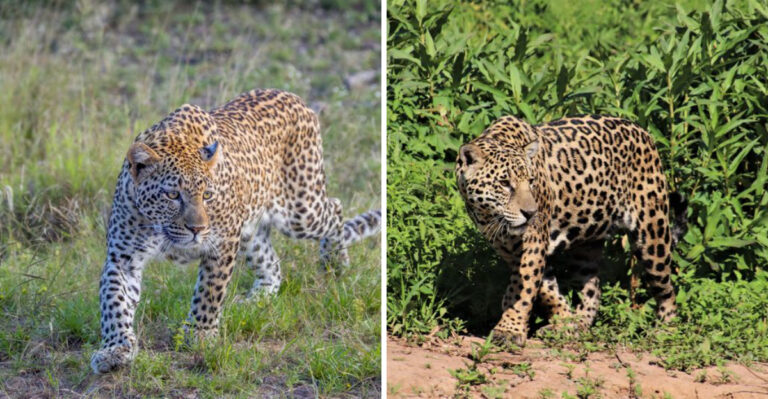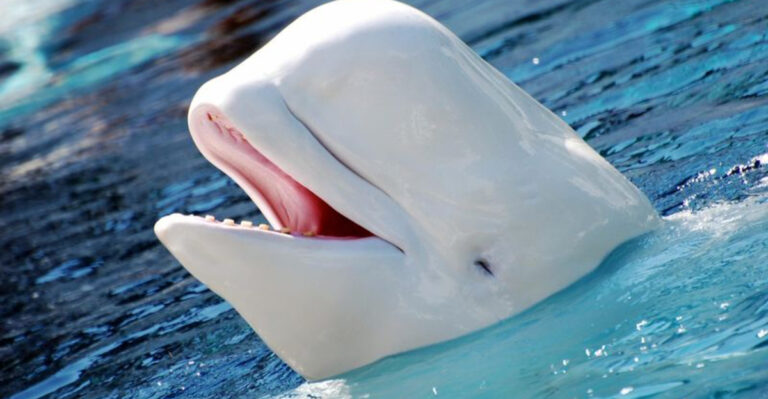The World’s Largest Wolf Found Only In The U.S. And Canada (And The Smallest You Can Find In 10 States)

Wolves captivate our imagination as powerful symbols of wilderness. North America is home to both massive gray wolves in the northern territories and the much smaller, endangered red wolves in select southern states.
These magnificent predators shape ecosystems through their hunting behaviors and pack dynamics, creating a fascinating study in adaptation across diverse habitats.
1. The World’s Largest Wolf Found Only In The U.S. And Canada

Towering over their global cousins, the Alaskan and Canadian Gray Wolves reign as nature’s ultimate canine giants. Males can tip the scales at a staggering 175 pounds – nearly the weight of an adult human!
These magnificent beasts thrive in North America’s harshest wilderness, taking down moose and caribou with strategic pack hunting. Their ecological influence extends throughout entire forest systems, controlling prey populations and benefiting countless species.
2. Alaska
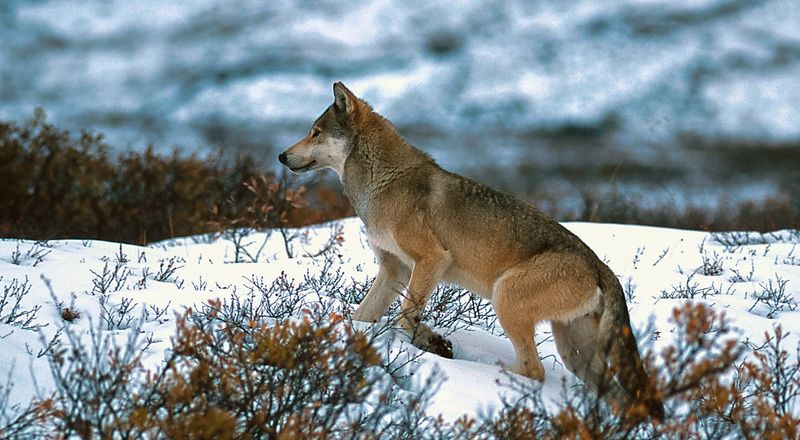
Roaming freely across Alaska’s untamed frontier, the state’s gray wolves represent the species at its most majestic. Their thick, luxurious coats – ranging from pure white to charcoal black – provide perfect camouflage against winter’s harsh backdrop.
Alaskan wolves form tight-knit family units with complex social hierarchies. A single pack might control territories spanning hundreds of square miles, communicating through haunting howls that carry for miles across the tundra.
3. Montana
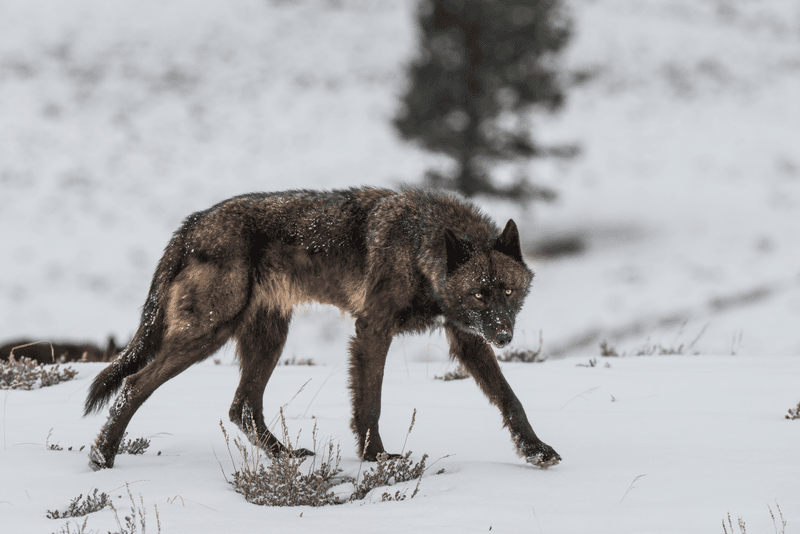
Montana’s rugged landscapes provide perfect wolf habitat across the state’s western mountain ranges. These resilient predators have made a remarkable comeback since reintroduction efforts began in the 1990s.
Local wolves sport a more muted coloration than their northern relatives – typically brownish-gray blending with the forest understory. Their return has triggered fascinating ripple effects throughout Montana’s ecosystems, from changing elk behavior to revitalizing riverside vegetation.
4. Wyoming
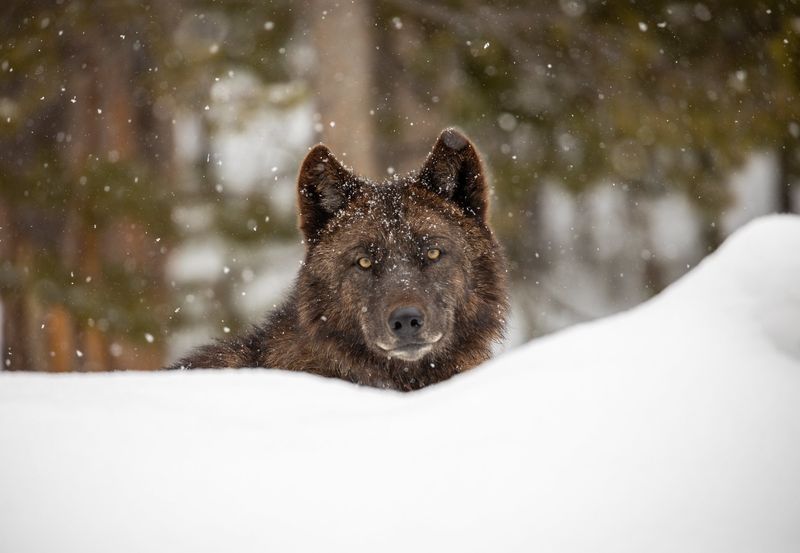
Wyoming’s wolves tell one of conservation’s most celebrated success stories. After their 1995 reintroduction to Yellowstone National Park, these apex predators transformed the entire ecosystem in what scientists call a trophic cascade.
Wyoming’s packs have distinctive hunting patterns shaped by the region’s unique geography. Visitors lucky enough to spot these elusive hunters describe the experience as breathtaking – a glimpse of wild America as it once was.
5. Idaho

Hidden among Idaho’s vast forests and mountain ranges, wolf packs move like shadows through remote wilderness areas. The state’s wolves form unusually large family groups – sometimes exceeding 15 members – giving them hunting advantages in challenging terrain.
Idaho’s relationship with wolves remains complicated, balancing conservation goals against ranching concerns. These intelligent predators have adapted remarkably well, learning to navigate both protected wilderness and areas with human activity.
6. Minnesota
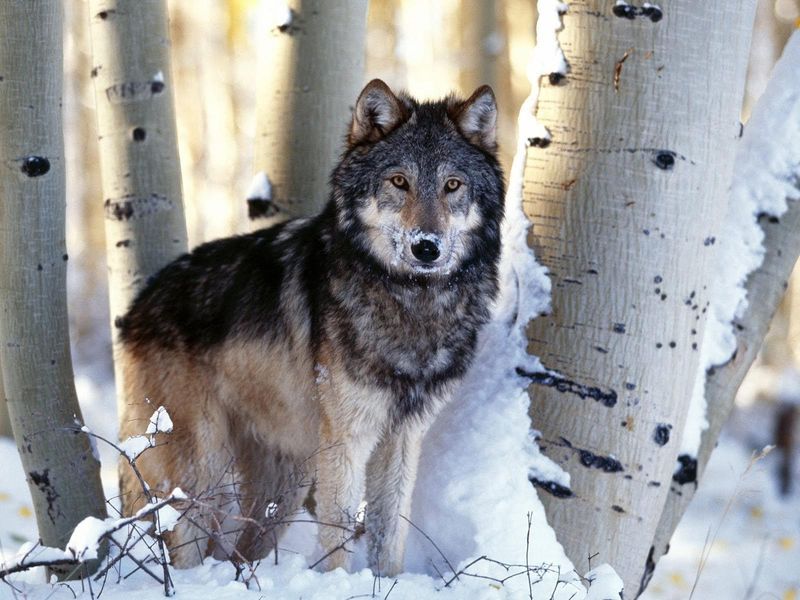
Minnesota hosts the largest wolf population in the lower 48 states, with over 2,500 individuals prowling its northern forests. Unlike western wolves, Minnesota’s packs never completely disappeared, maintaining continuous bloodlines for centuries.
Adapted to the state’s mix of dense forest and boggy lowlands, these wolves have slightly smaller frames than their western counterparts. Their howls echo across frozen lakes during winter months, creating one of North America’s most primal wilderness sounds.
7. Wisconsin

Wisconsin’s wolves have staged a remarkable comeback from just a handful of animals in the 1970s to thriving packs across the northern counties today. Their recovery represents one of the Midwest’s most dramatic wildlife success stories.
Uniquely adapted to Wisconsin’s mix of farmland and forest, these wolves display fascinating behavioral flexibility. They’ve learned to navigate human-dominated landscapes while maintaining their essential wildness – a balancing act few predators manage successfully.
8. Michigan
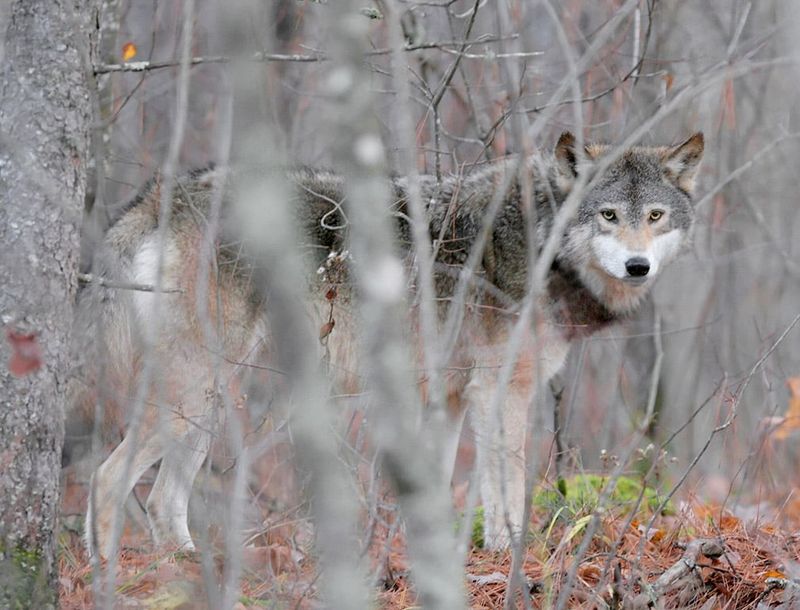
Michigan’s Upper Peninsula provides sanctuary for a resilient wolf population that crossed frozen Lake Superior from Minnesota decades ago. These pioneers established territories in remote forest tracts where few humans venture.
Slightly smaller than western subspecies, Michigan wolves excel at deer hunting in dense woodland. Their presence has restored natural balance to the peninsula’s ecosystems, controlling deer numbers that once threatened forest regeneration through overbrowsing.
9. Oregon
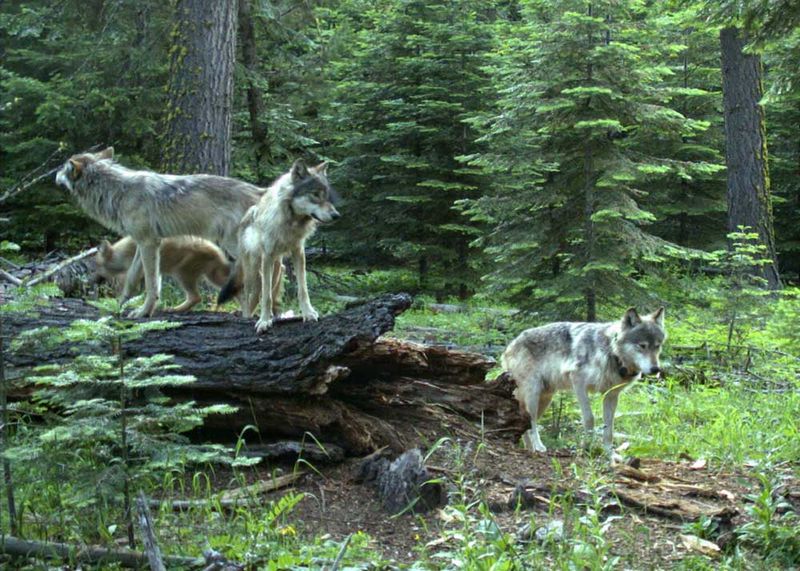
Oregon’s wolf renaissance began when intrepid individuals naturally dispersed from Idaho, reclaiming ancestral territories across the state’s eastern mountains. These pioneering wolves have gradually expanded westward, establishing new packs in areas where wolves hadn’t roamed for nearly a century.
Highly adaptable, Oregon’s wolves navigate diverse landscapes from alpine forests to high desert plateaus. Their return has sparked both celebration and controversy, highlighting nature’s remarkable resilience when given space to recover.
10. California

California’s wolf story is just beginning, with the first confirmed pack establishing territory in 2015 after a nearly 100-year absence. Named the Shasta Pack, these pioneers crossed from Oregon, following ancient migration routes their ancestors once traveled.
California offers vast potential wolf habitat across its northern wilderness areas. Conservation efforts focus on balancing wolf recovery with ranching concerns, using innovative non-lethal deterrents to prevent livestock conflicts as these magnificent predators reclaim their ecological role.
11. North Carolina
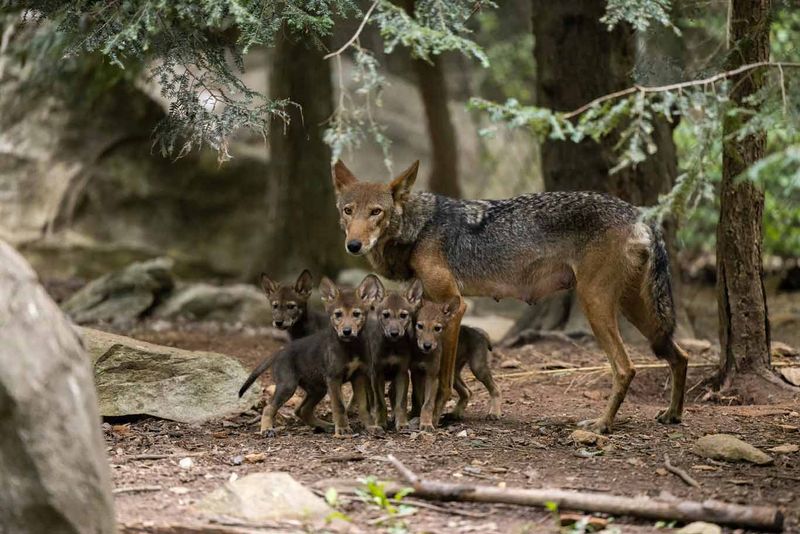
North Carolina harbors America’s most endangered wolf – the diminutive red wolf. Standing just 26 inches tall and weighing 45-80 pounds, these rusty-colored canids represent North America’s only wolf species found nowhere else on Earth.
With fewer than 20 individuals remaining in the wild, conservation efforts center on the Alligator River National Wildlife Refuge. These shy, elusive predators hunt smaller game than their gray wolf cousins, specializing in rabbits, rodents and the occasional deer.



